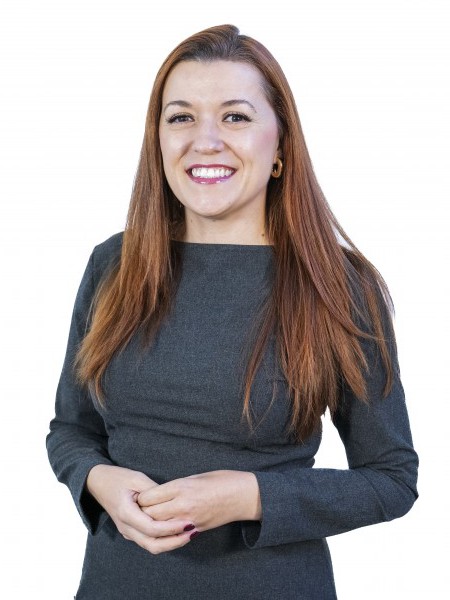abstract
Ionic-liquid-based aqueous biphasic systems (IL-based ABS) have been described as promising platforms for the extraction and separation of proteins. However, imidazolium-based ILs have been the preferred choice, which may raise some biocompatibility and biodegradability concerns. In this work, novel ABS composed of tetraalkylammonium-based ILs and potassium phosphate solutions at different pH values (pH = 7, 8, 9 and 13, using K2HPO4/KH2PO4 or K3PO4) were investigated in terms of extraction efficiency and recovery yield for two proteins, namely ovalbumin and lysozyme. These proteins were selected due to their wide application in several sectors, being present in egg white. At pH 7, the complete extraction and recovery of lysozyme to the IL-rich phase are achieved in all systems; however, low recovery yields of ovalbumin are obtained with ABS formed by Its with longer alkyl side chains. Furthermore, an increase in the pH above the proteins isoelectric point is deleterious for their recovery in the IL-rich phase. In order to characterize the molecular-level mechanisms that could maximize the proteins recovery, molecular docking studies were carried out, showing that Its that preferentially establish hydrophobic interactions with these proteins are those that lead to their aggregation and lower recovery yields. Finally, it is shown the proteins recovery from the IL-rich phase by ice cold ethanol precipitation, where up to 99% of lysozyme can be recovered. These results support the viability of adequate IL-based ABS to extract ovalbumin and lysozyme and the possibility of recovering stable proteins from the IL-rich phase into an adequate buffered aqueous solution, thus contributing to the design of effective separation processes.
keywords
BOVINE SERUM-ALBUMIN; EGG-WHITE LYSOZYME; 2-PHASE SYSTEMS; ENHANCED EXTRACTION; GOODS BUFFERS; PROTEINS; SALTS; SEPARATION; STABILITY; EFFICIENT
subject category
Engineering
authors
Belchior, DCV; Quental, MV; Pereira, MM; Mendonca, CMN; Duarte, IF; Freire, MG
our authors
Groups
G5 - Biomimetic, Biological and Living Materials
G6 - Virtual Materials and Artificial Intelligence
acknowledgements
The authors acknowledge to the project CICECO-Aveiro Institute of Materials, FCT Ref. UID/CTM/50011/2019, financed by national funds through the FCT/MCTES. The authors acknowledge the financial support from the national funds through the FCT/MEC and when appropriate co-financed by FEDER under the PT2020 Partnership Agreement. D.C.V. Belchior acknowledges the financial support from Conselho Nacional de Desenvolvimento Cientifico e Tecnologico -CNPq for the PhD grant (202337/2015-4). M. V. Quental acknowledges the FCT PhD grant SFRH/BD/109765/2015. I. F. Duarte acknowledges the FCT/MCTES for a research contract under the Program 'Investigador FCT'. M. G. Freire acknowledges the European Research Council (ERC) for the Starting Grant ERC-2013-StG-337753.





